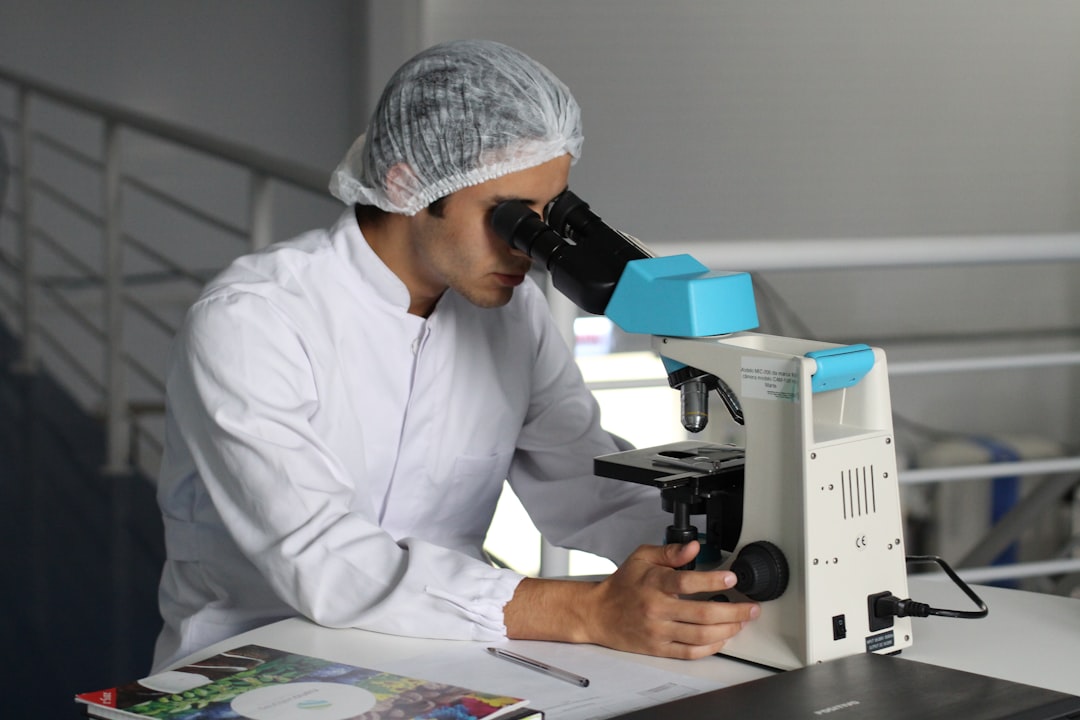What is it about?
The COVID-19 pandemic created one of the biggest crises for contemporary human society. As part of personal protective equipment to prevent the spread of coronavirus, daily and prolonged usage of facial masks has become an essential personal and public health practice. The question is whether the long-term daily use of face masks can negatively alter skin characteristics, and if so, how can these effects be mitigated? In this paper, the authors provide evidence to show that long-term mask wearing can impact skin’s physiological properties and suggest that proper facial moisturization may help to maintain skin homeostasis and prevent skin impairment caused by repeated mask usage.
Featured Image

Photo by engin akyurt on Unsplash
Why is it important?
Many people have experienced that wearing a mask causes a localized high-humidity environment on the facial skin under the mask. The skin senses the signals of environmental changes and adapts quickly to fulfill its protective functions. However, prolonged mask-wearing can cause repeated environmental changes on the skin that may eventually impact skin barrier homeostasis, making skin vulnerable and leading to less hydrated skin with a more fragile barrier that takes longer to recover from external insults. A facial moisturizer with high water-binding ingredients and less occlusive emollients can alleviate these issues and help maintain skin homeostasis to protect the facial skin under the mask.
Perspectives
Due to the Covid-19 pandemic, it is common to wear face masks daily. Even if the skin feels moisturized during mask usage, you should still use a moisturizer daily to prevent skin disruption and temporary dehydration after mask removal. This knowledge will also help instance/ occupational situations people need to mask in the future. https://onlinelibrary.wiley.com/doi/10.1111/srt.13214
Mei Yu
Read the Original
This page is a summary of: Compromised skin barrier induced by prolonged face mask usage during the COVID‐19 pandemic and its remedy with proper moisturization, Skin Research and Technology, November 2022, Wiley,
DOI: 10.1111/srt.13214.
You can read the full text:
Resources
Contributors
The following have contributed to this page










